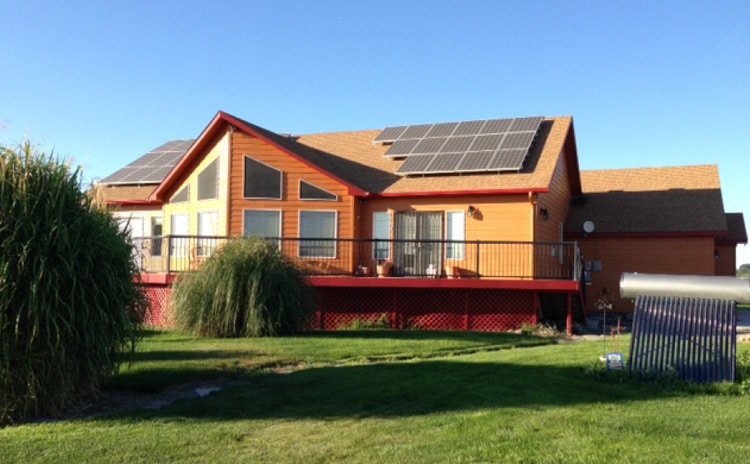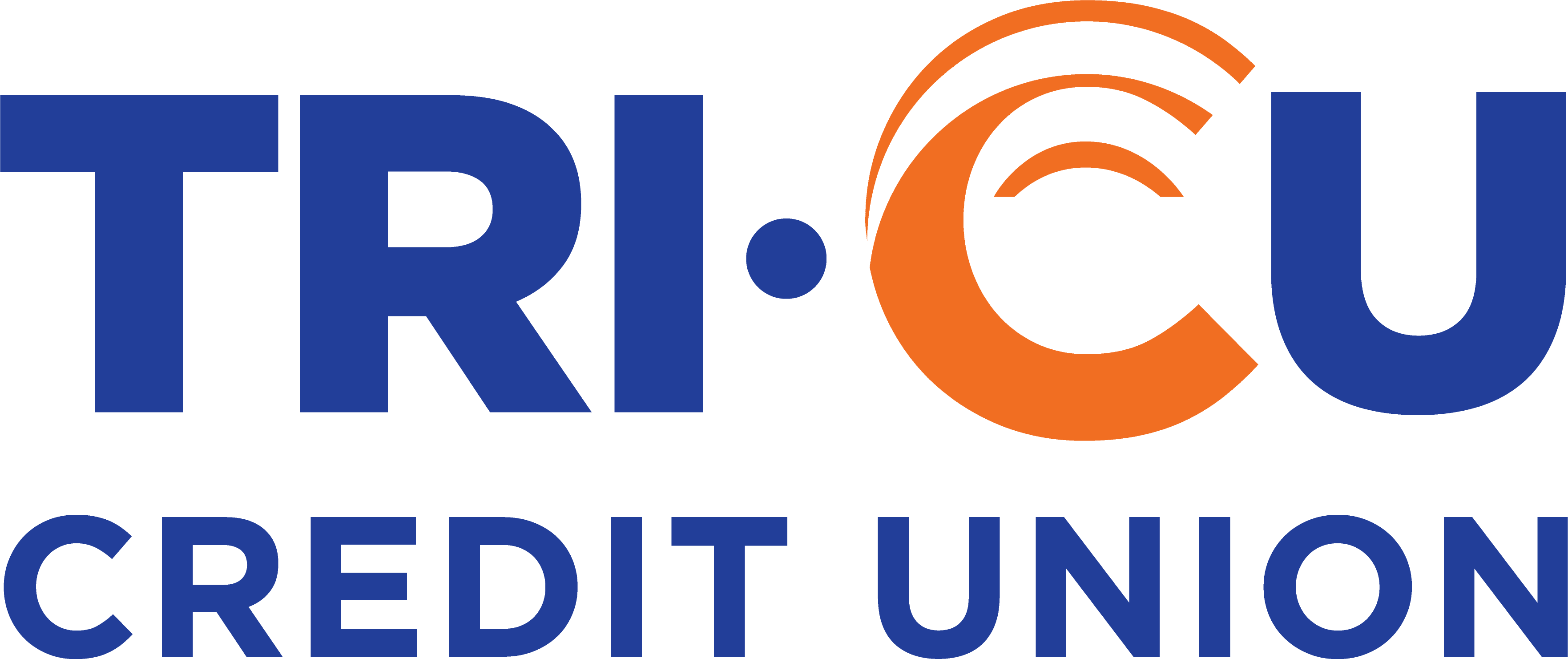FEDERAL SOLAR INCENTIVES & FINANCING
Solar Incentives
Solar incentives vary by utility and your individual circumstances. Consult with a tax professional to confirm eligibility. Other great resources for current programs and incentives can be found at www.dsireusa.org or www.seia.org
| Commonly Referred to as | Official Name | Incentive | Notes |
|---|---|---|---|
| Net Metering | This is agreement with your utility | Essentially allows your meter to “net” out the solar so you receive credit against your bills. | Frequently your meter in peak season may go backwards, this is the utility’s way of “storing” the excess energy you produce which will then count against next month in which it is needed. |
| No Sales Tax | Tax Exemption for Solar Installations | The exemption applies to systems that generate all the way up to 100 kilowatts AC of electricity and is available all the way through December 2029. | Larger systems that generate somewhere between 101-500 kilowatts AC can qualify for a 50% sales tax exemption after January 1st, 2020. |
| 30% tax or ITC | Solar Investment Tax Credit | 30% of installed system cost that is a dollar for dollar credit against your liability’s | Have up to four years to use credit. Can be used in parts. MUST have tax liability to be a benefit. |
| MACRS / Accelerated Depreciation | Modified Accelerated cost recovery system | In effect eligible for a cost recovery period of 5 years. This is typically worth about 25% of the project cost in tax benefits. | Primarily for business although home based business may qualify for a portion of this incentive. |
| REAP Grants | For the Agricultural industry there is often an opportunity for these grants which pay up to 25% of the installed cost of the system back in cash upon project completion. | Must have over 60% of your income be directly related to crop production. As example making wine would not qualify but growing the grapes would. |
Our hope is that the legislature will renew the funding for Renewable Energy System Cost Recovery, but what really makes a difference is the voice of the people! Join us to speak up for essential local solar policies at SolarStrongWA.org. If leaders don’t hear from those who are passionate about solar, they will not make solar a priority in the coming legislative session.
Solar Water Heating Projects Eligible for #’s 1,3 & 4
30% Federal Investment Tax Credit (ITC)
Homeowners and businesses across the nation may claim a tax credit of 30% of the cost of a solar system installed on their property. Costs may include labor, assembly or original system installation, and electrical labor to connect the system to the structure’s service main. If the credit earned by the system exceeds a single year’s tax liability, the excess credit may be carried forward to the following taxable year. Currently the federal ITC is set to expire in 2019. The ITC then steps down to 26 percent in 2020 and 22 percent in 2021. After 2023, the residential credit will drop to zero while the commercial and utility credit will drop to a permanent 10 percent. For more information please on the ITC Tax Credit, check out the Solar Energy Industries Association ITC Fact Sheet.

Accelerated depreciation
Under the Federal Modified Accelerated Cost Recovery System (MACRS) businesses may recover investments in solar equipment through depreciation deductions. Solar equipment is classified as five-year property under the MACRS program.
Washington state solar incentives
Washington State offers sales tax exemption for solar installations. Effective July 1st, 2019, customers are able to gain all the benefits of installing and owning their own solar array, without paying any sales tax on the purchase and installation costs for systems that qualify. The exemption applies to systems that generate all the way up to 100 kilowatts AC of electricity and is available all the way through December 2029. Larger systems that generate somewhere between 101-500 kilowatts AC can qualify for a 50% sales tax exemption after January 1st, 2020.
Property value increase
A study published by Lawrence Berkeley National Laboratory compared California home sale prices for homes with solar energy systems to those that did not. The study’s data set was over a 8 1/2 year time frame using a 3.1 kW average system size and found that on average solar homes went for $17,000 more than their non-solar counterparts. A general rule of thumb is that any home improvement that lowers your electricity bills by $1000 annually will increase a home’s value by about $20,000. Your home can increase in property value by $1 per watt.
Financing
We are excited to offer our customers two options for Solar Financing.
WE ENCOURAGE YOU TO VISIT BOTH OPTIONS AND DISCUSS RATES AND LOAN TERMS TO FIND THE FINANCING OPTION THAT WORKS BEST FOR YOU!

Visit Verity to apply for solar financing.
or

Visit Tri-CU Credit Union to apply for solar financing.
See How Solar Looks on Your Home
Get an accurate solar model of your home in less than 2 minutes!
